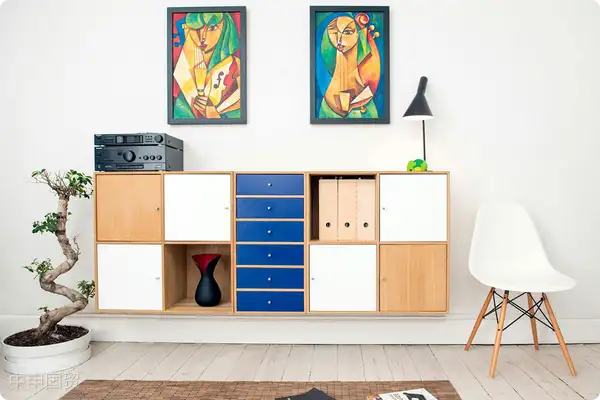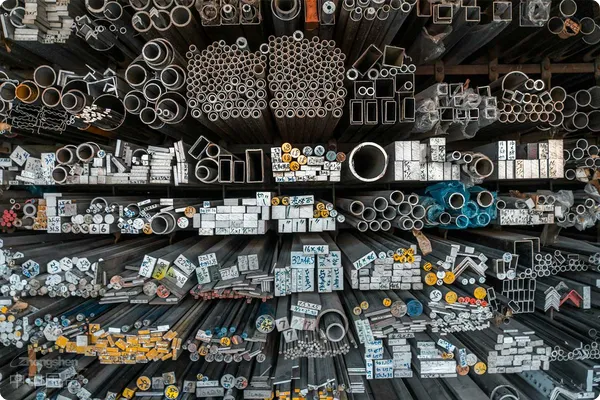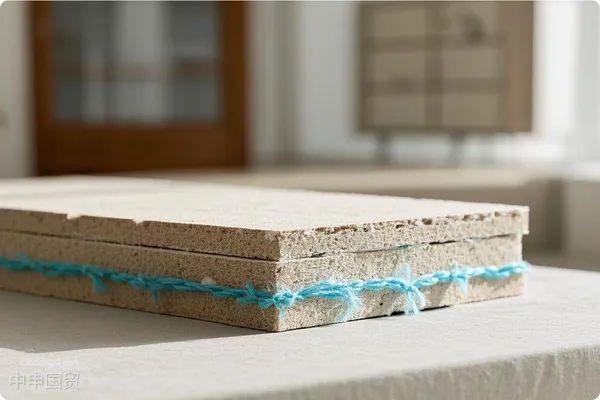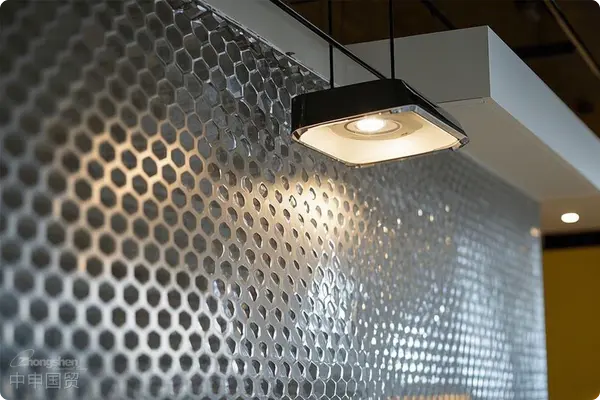- Shanghai Zhongshen International Trade Co., Ltd. - Two decades of trade agency expertise.
- Service Hotline: 139 1787 2118
Exporting office furniture to Vietnam is not just a commercial transaction but also part of cross-cultural communication. Especially when products include wooden items and the client lacksimport and exportoperating rights, the entire export process becomes more complex. Handling FCL exports under FOB terms involvesMaritime Transportationcommodity inspection, container loading, customs declaration, andExport Drawbackmultiple steps, each requiring precise execution. This article explores the entire process of exporting office furniture to Vietnam, including key steps such as developing effective strategies, meeting specific regulatory requirements, and optimizing tariff benefits.
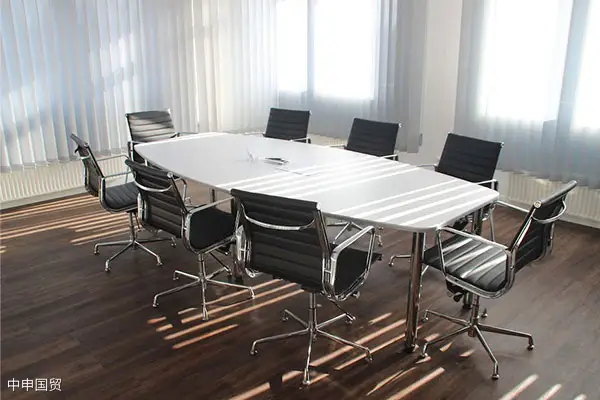
I. Commodity Inspection and Container Loading Preparation
Preparation of the Commodity Inspection Clearance Document:
Container Loading and Pickup:
II. Customs Declaration and Export Tax Refund
Customs Declaration Process:Utilize pre-prepared loading data to promptly generate relevant customs documents includingforeign tradecontracts, packing lists, and commercial invoices. Professional customs brokers handleExport Clearancethe procedures to ensure unimpeded port entry for the goods.
Export Tax Rebate Matters:Export tax rebates are a key focus for export enterprises, requiring preparation of corresponding documents based on actual exported goods and relevant regulations, followed by application procedures. Throughout the process, maintain timely communication with clients to ensure all necessary information and documents are accurate.
III. Certificate of Origin Application and Tariff Optimization Strategies
Certificate of Origin Application:
Strategy Implementation and Confirmation:
In the process of exporting office furniture to Vietnam, advance preparation and thorough communication are key to successfully completing all operations. From commodity inspection and container loading to customs declaration and certificate of origin applications, each step requires meticulous planning and execution. Additionally, developing effective strategies tailored to destination country requirements and maintaining close communication with local partners are crucial for optimizing tariff benefits and avoiding clearance obstacles. Through this series of carefully arranged operations, not only is the smooth export of goods ensured, but also demonstratesZhongShen International Tradeour professional responsibility and efficiency.
Related Recommendations
? 2025. All Rights Reserved. Shanghai ICP No. 2023007705-2  PSB Record: Shanghai No.31011502009912
PSB Record: Shanghai No.31011502009912
